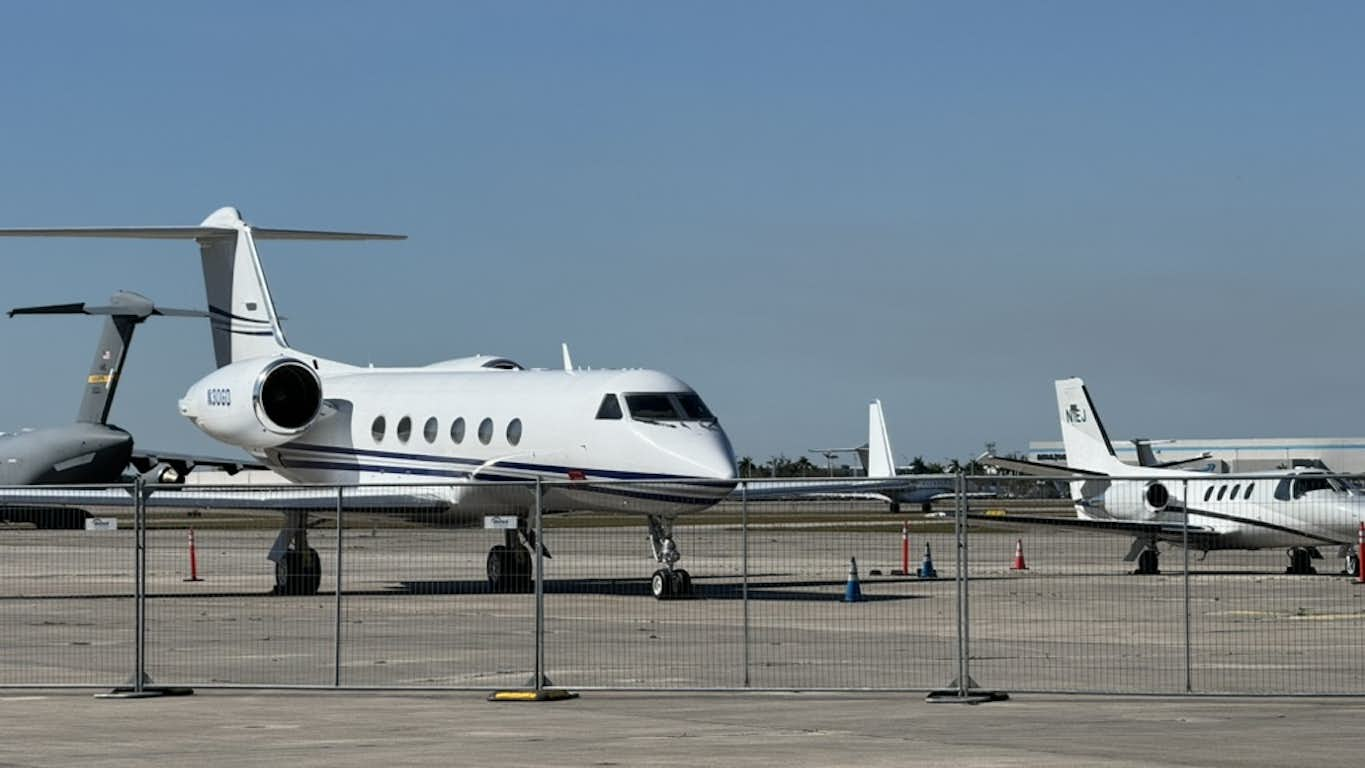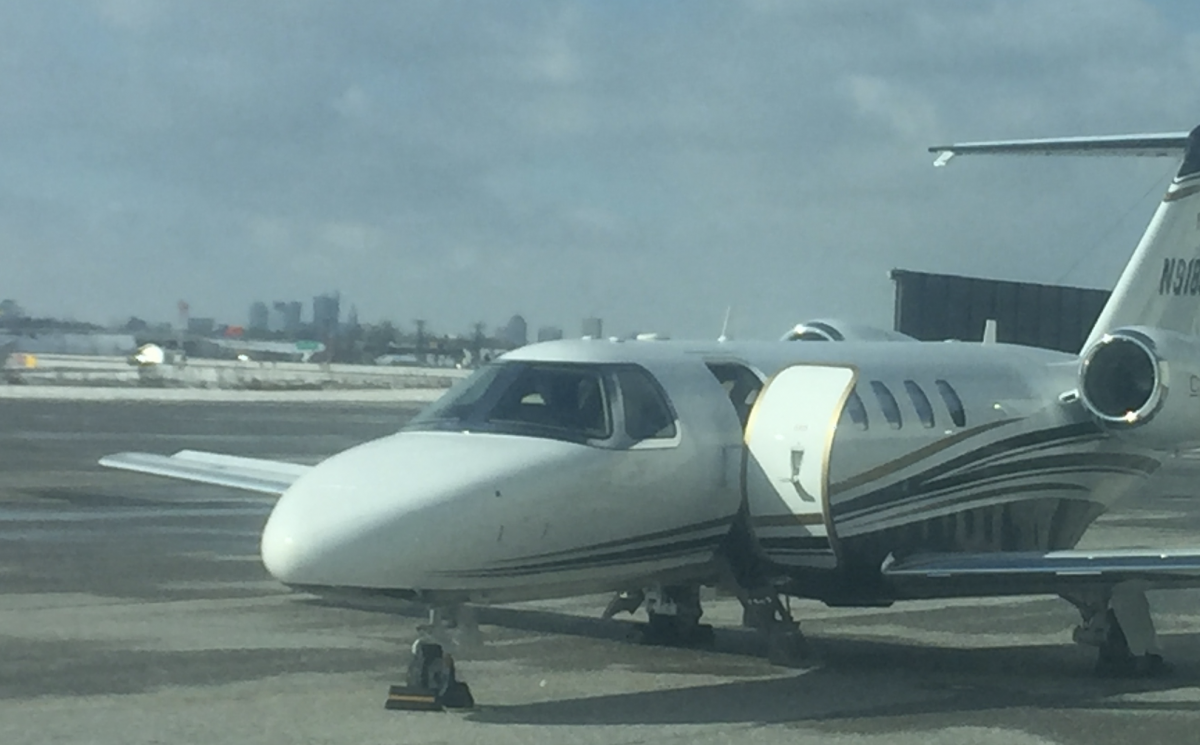

If you work in private aviation, chances are you are weary of the record demand. The latest reports from WingX and Tuvoli indicate you won’t be getting any rest soon.
According to WingX, private aviation flights this month are running 17% ahead of 2019’s pre-pandemic levels. Charter operators flew 30% more sectors so far in August compared to the same period two years ago. Fractional operators are up 25%.
Bigger is hotter! Ultra-long-range jets are flying 25% more segment than in August 2019. Super midsize jets are up by 22%. Gulfstream 650 flights are up 65% compared to August 2019 and 54% in hours flown.
Despite new restrictions related to the covid delta virus California has replaced Florida as the busiest state for private jet flights in August. Flights are up 15% compared to August 2019.
The Sunshine State has dropped back to third, behind Texas. Still, flights from Florida are up, 34% higher than two years ago.
The spiking numbers are up despite lagging international flying, down 3% versus two years ago in August. However, Mexico is countering the trend, up 12%.
Richard Koe, WingX’s managing director, says, “August is seeing the same stellar growth in business jet demand as we saw in July…The demand is clearly leisure-focused and rather seasonal, but the longer it endures, the more bizav looks to be on a sustainable growth path.”
WingX is not alone. Greg Johnson, CEO of Tuvoli, which processes payments between brokers and operators, says, “At the mid-point in August, we’re seeing a pretty consistent trend that started in early July where daily (Part 135 charter) flight hours fall in the high 4,000s to high 5,000s depending on the day of the week. This is creeping up to almost 30% above 2019 levels.”
Still, it’s not all good news. Johnson echos our report on the new rules for private jet travelers. He says, “Companies are reluctant to add staff to keep up with the additional demand, knowing that volume can turn on a dime. I am now hearing that more companies believe this volume will stick, and they are adding people to keep up. Of course, with more flying, the aircraft themselves are requiring more maintenance, and it’s getting hard to get slots in maintenance shops and/or to get parts.”
Assessing the situation, he notes, “The fact is that our industry is used to seeing low single-digit growth rates, and as good a problem as this is, we’re just not prepared for this type of year over year growth. Throw in some pandemic-related complexities, and it’s a challenging operating environment.”